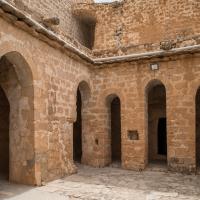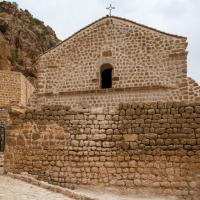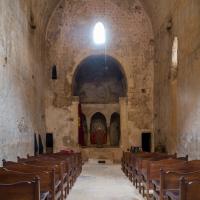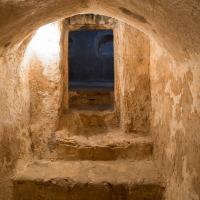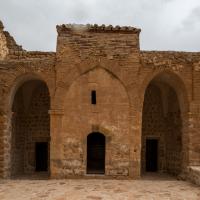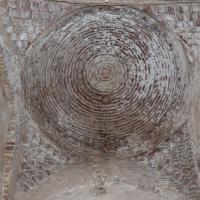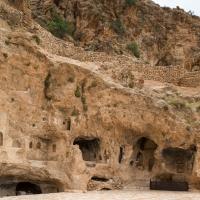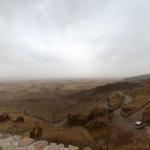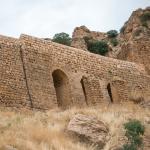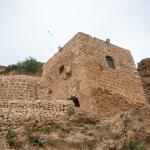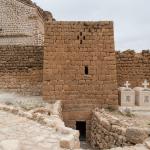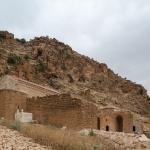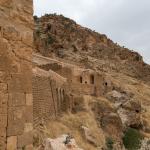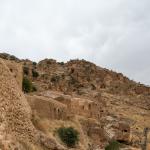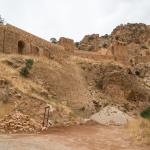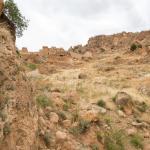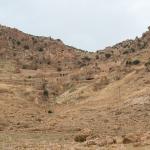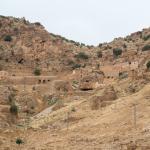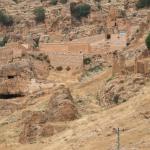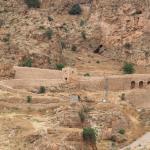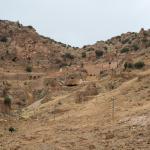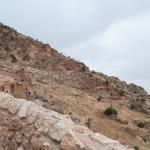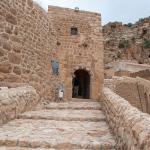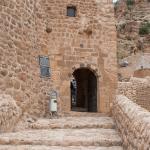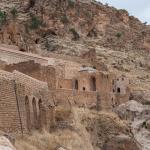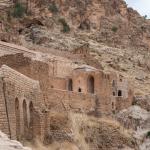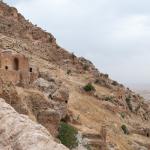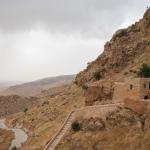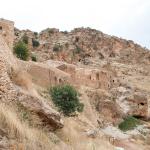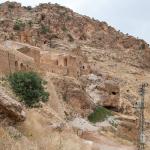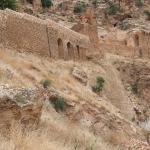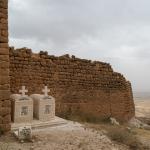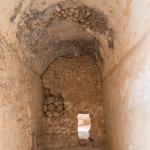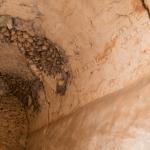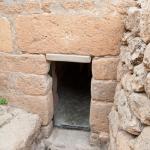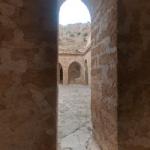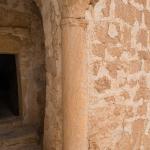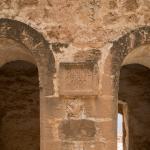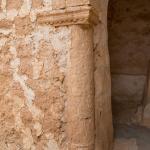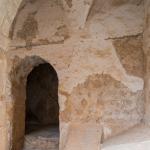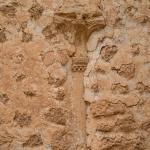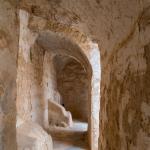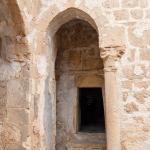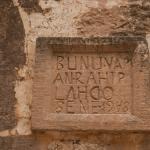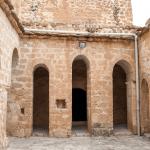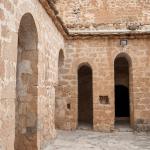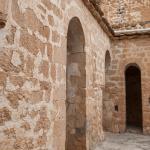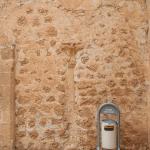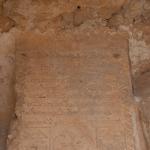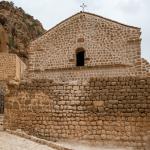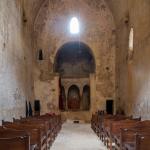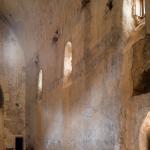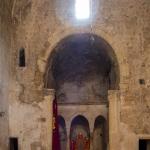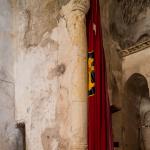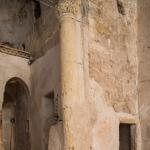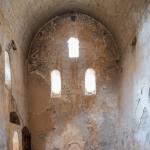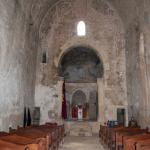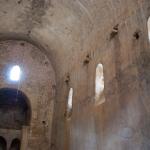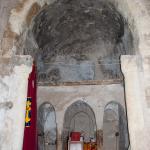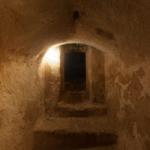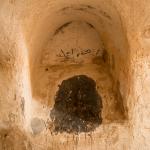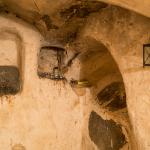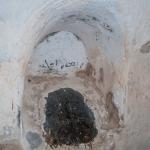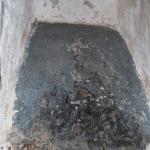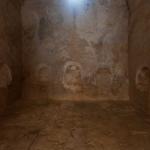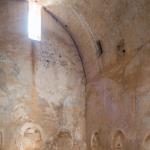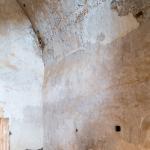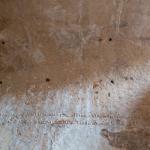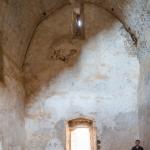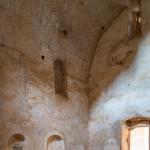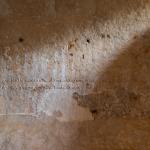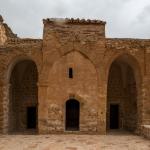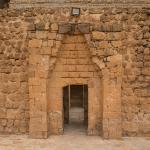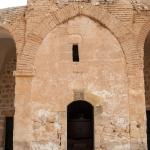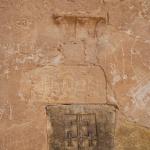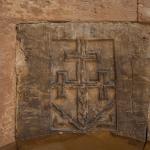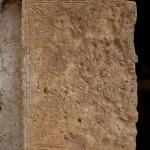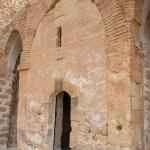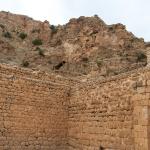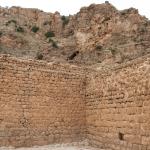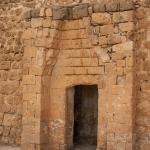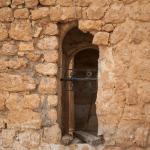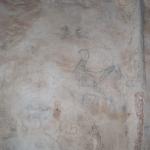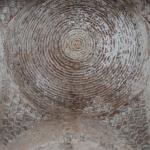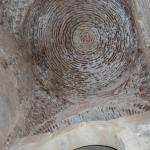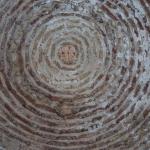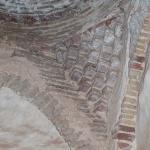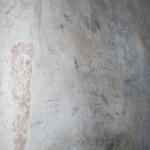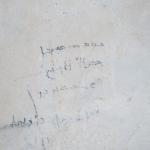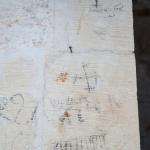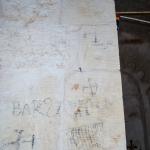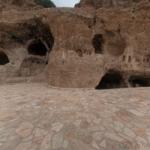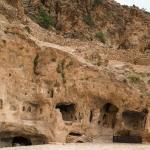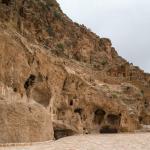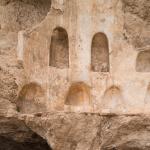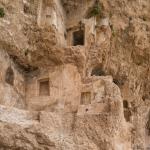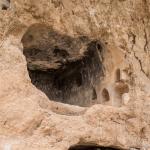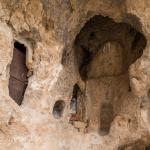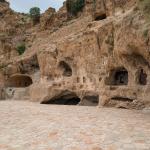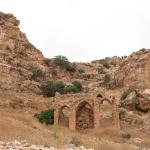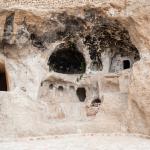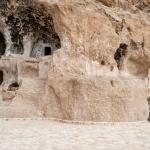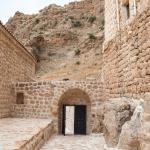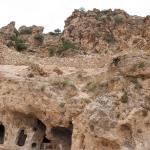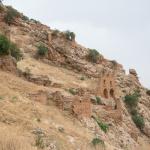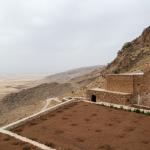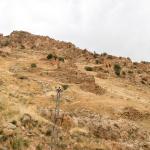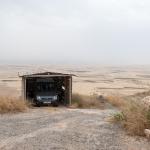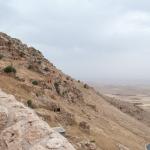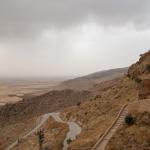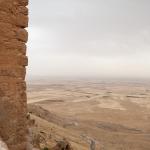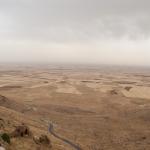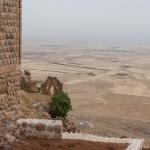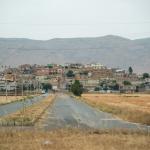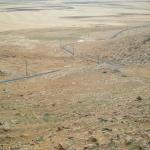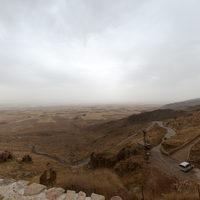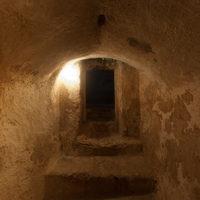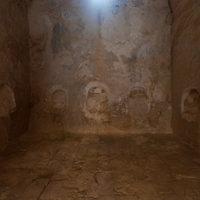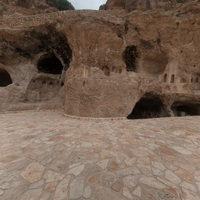Site Profile
The monastic complex of Mor Augin (St. Eugenius) is located on the steep cliffs of Tur ‘Abdin near Mardin in southeastern Turkey; the closest village is Eskihisar. According to local tradition, this is the most ancient monastery in the area, dating back to the early fourth century, with several later additions.
Media
Description & Iconography
'Description & Iconography' general sources: Bell 1924, 310–312; Bell and Mundell Mango 1982, 3–5, 135; Hollerweger 199, 288–295.
Inscriptions
Several Inscriptions are found throughout the monastery.
- The first inscription is located in the northeast corner of the cloistered courtyard to the south of the church. Parts of the inscription have been covered by plaster, but it is still datable to 1117/18 AD. It reads: “In your name, O Lord of all, / may there be a memorial good / and acceptable before the God / and his Christ and his Spirit at my hand / (5) for Mar Sabrisho the bishop / metropolitan of Nisibis. / and he departed from this world of woes /?/… the year one thousand four hundred / (10) and twenty ( ) / Marre; this….. may he pray to…”
- The second inscription is dated to 1838 AD and is located in the northwestern corner of the same courtyard.
- The third inscription is found carved on the plaster of the vaulting of the north-south chamber immediately to the west of the courtyard. It reads: “It was completed in the year one thousand five hundred and twenty one, through the agency of Rabban Hawsi/and Rabban Joseph the architect from Gog(al), and in this year there came…”
'Inscriptions' general source: Brock 1980–1981.
History
According to local tradition, the monastery was founded in the 4th century AD; however, the earliest known inscription in the monastery dates to the 12th century AD. The complex was repaired and rebuilt several times throughout its long history. Most of the rebuilding and restoration seems to have been carried out along the original floor plan, preserving the monastery’s original layout and considerable parts of the earlier masonry. Syriac inscriptions document the restoration work that took place in 1271 under the leadership of bishop Mor Abdisho and the direction of the priest Rahmon, who was also an architect (see 'Inscriptions').1
It appears that the Church of the East—later the Assyrian Church of the East—held the monastery until at least 1838, and that the Jacobite Church held it from at least 1842. Gertrude Bell, writing in 1924, indicated that the monastery had fallen into complete ruin after the decline of the Church of the East and that the then-current buildings of the monastery had been raised by the Jacobites.2 The monastery remained in full function until 1974, when the last Syrian Orthodox monk died. Today, the Monastery of Mor Augen is in the care of the Syriac Orthodox Church in Turkey. At the time when MMM team documented the site, a keeper and a scholar studying Syriac were living at the monastery, and it was providing mass service for three villages on Wednesdays, Fridays, and Sundays.
'History' general sources: Bell and Mundell Mango 1982, 3; Brock 1980–1981; Hollerweger 1999, 288–295.
Selected Bibliography
Bell, Gertrude. 1924. Amurath to Amurath. London: Dutton.
Bell, Gertrude, and Marlia Mundell Mango. 1982. The Churches and Monasteries of the Tur ‘Abdin. London: Pindar. Reprint, with new preface, notes, and catalogues, of Gertrude Bell’s The Churches and Monasteries of the Tur ‘Abdin (1910) and Churches and Monasteries the Tur ‘Abdin and Neighboring Districts (1913).
Brock, Sebastian P. 1980–1981. “Notes on Some Monasteries on Mount Izla.” Abr-Nahrain 19: 1–19.
Hollerweger, Hans, ed. 1999. Țur ‘Abdin: Living Cultural Heritage. Linz: Freunde des Tur Abdin.


